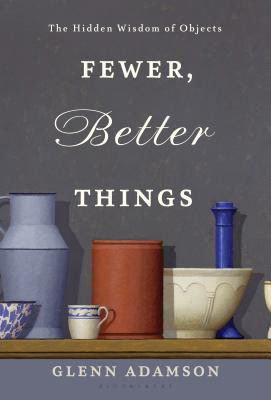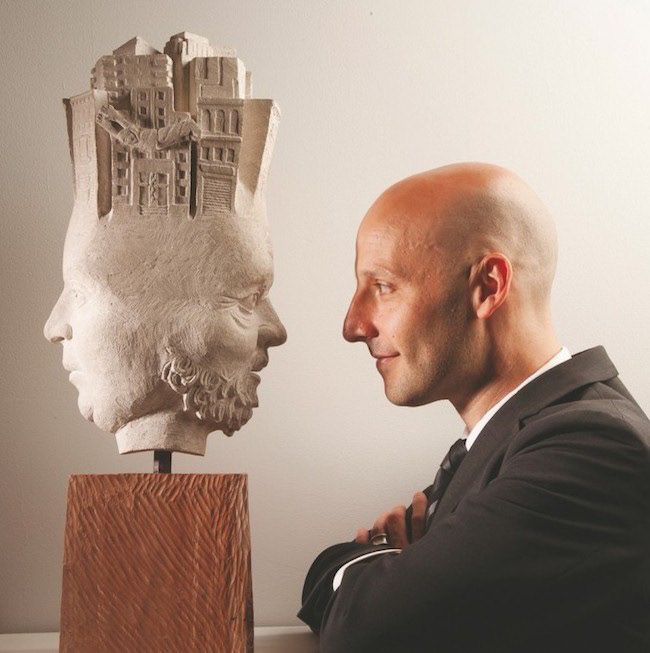Fewer, Better Things: Glenn Adamson
Ch. 17: The Myth of the Dumb Object
Subject: design, object, technique, materials, tools, beauty, utility
Publisher: Bloomsbury Publishing
Publication date: 2018
Pages: 272
ISBN: 978-1-632-86964-7
Curator and scholar Glenn Adamson opens <Fewer, Better Things> by contrasting his beloved childhood teddy bear to the smartphones and digital tablets children have today. He laments that many children and adults are losing touch with the material objects that have nurtured human development for thousands of years. The objects are still here, but we seem to care less and know less about them.
In his presentations to groups, he often asks an audience member what he or she knows about the chair the person is sitting in. Few people know much more than whether it's made of wood, plastic, or metal. If we know little about how things are made, it's hard to remain connected to the world around us.
Fewer, Better Things explores the history of craft in its many forms, explaining how raw materials, tools, design, and technique come together to produce beauty and utility in handmade or manufactured items. Whether describing the implements used in a traditional Japanese tea ceremony, the use of woodworking tools, or the use of new fabrication technologies, Adamson writes expertly and lovingly about the aesthetics of objects, and the care and attention that goes into producing them. Reading this wise and elegant book is a truly transformative experience.
In his presentations to groups, he often asks an audience member what he or she knows about the chair the person is sitting in. Few people know much more than whether it's made of wood, plastic, or metal. If we know little about how things are made, it's hard to remain connected to the world around us.
Fewer, Better Things explores the history of craft in its many forms, explaining how raw materials, tools, design, and technique come together to produce beauty and utility in handmade or manufactured items. Whether describing the implements used in a traditional Japanese tea ceremony, the use of woodworking tools, or the use of new fabrication technologies, Adamson writes expertly and lovingly about the aesthetics of objects, and the care and attention that goes into producing them. Reading this wise and elegant book is a truly transformative experience.


This reading made me think a lot about the relationship we have in living with technologies. I think the term "smart" technology poses an interesting irony, as high-tech devices do not necessarily make us smarter. We now are fully aware about how there are serious problems associated with addictiveness and dependence on digital devices, like smartphones, internets, and TV, especially for the younger generations. I strongly believe that there needs to be an ethical boundary between ourselves and technology in order to not lose some of the most important human qualities, such as creativity, compassion, and self-awareness.
Reading this chapter also made me think about the analogue vs. digital practice within our field and industry. I do appreciate having softwares like the CAD, rhino, illustrator, and grasshopper that make our design practice much more efficient and practical. However, on a personal note, I always start my design process by sketching and drawing with my own hands to visualize my concepts and to come up with a satisfactory design solution. Hands-on experience like hand-drawing and working at the woodshop give us valuable knowledge that cannot be transferred in any other way. I believe that the analogue drawing itself is a thinking process that helps us understand ourselves and to communicate more organically. Similarly, I believe physical objects that are said to be "dumb objects" contain physical materiality and associated memories that can never be found in digital machineries. I do not believe in pervasive anti-materialism, and I hope that our society could find the right balance between the physical and digital world that does not sacrifice the beauty of engaging with our physical environment.
- reflection written by Yunni Cho
